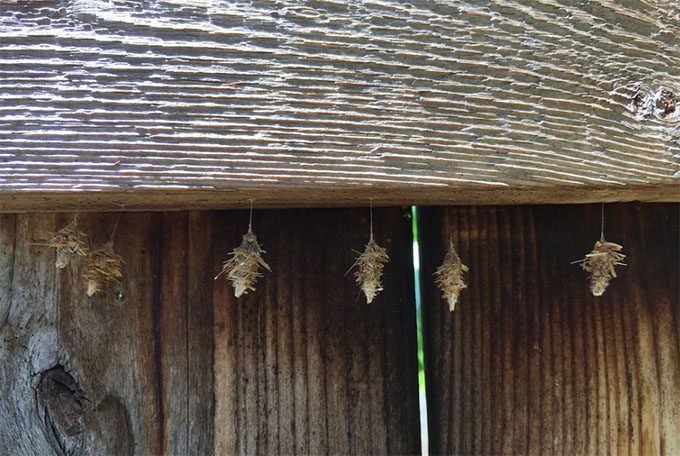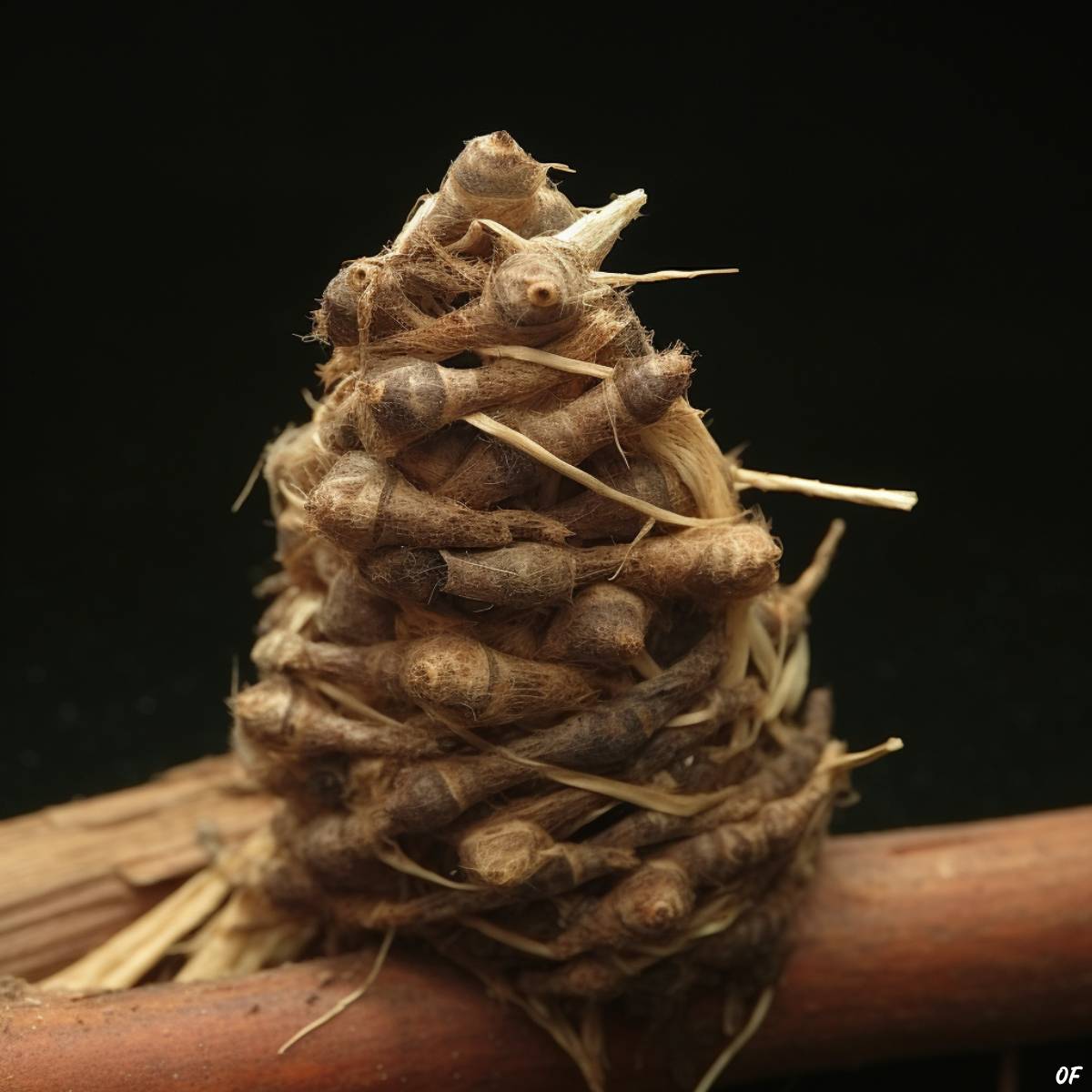Throughout the course of our lives, we undergo numerous internal transformations, a spectrum of invisible maturation and evolution hidden beneath a relatively constant exterior. This is in stark contrast to the captivatingly intricate life cycle of the moth family, where each stage embodies its own unique form and function. A moth’s existence may be fleeting, but it is no less dramatic, with each phase of its life so distinct that it’s akin to living several lifetimes in one.
Take the larval stage, often the longest and most transformative segment in a moth’s life, where the humble caterpillar consumes vast amounts of food to fuel its impending metamorphosis. In its cocoon, it undergoes an extraordinary transformation, from a crawling, leaf-devouring caterpillar to a delicate, winged creature of the night. But among this diverse family, one member’s remarkable adaptations set it apart: the bagworm moth caterpillar.

The fascinating world of moths is characterized by incredible diversity, with each species adhering to its unique rules and behavior. Yet, the bagworm moth caterpillar distinguishes itself even among such an eclectic group. It deviates from the traditional moth practice of weaving protective cocoons purely out of silk. Instead, these crafty creatures ingeniously incorporate elements from their immediate environment, spinning together a fortress that is as much a work of natural art as it is a testament to survival.
Employing a complex blend of instinct, necessity, and available resources, bagworm moth caterpillars engage in an intriguing construction process. They weave their shelters using an assortment of debris gathered from their surroundings, materials that could be as diverse as twigs, leaves, and bark. These materials are meticulously intertwined with their silky threads, resulting in a stunning mosaic that is both structurally sound and environmentally adaptive.
These shelters, or cases, are far more than simple cocoons. They are survival mechanisms, serving a dual purpose: camouflage and protection. The inclusion of natural elements in the case’s construction provides the caterpillar with the ability to seamlessly blend into its surroundings. This form of adaptive camouflage makes them nearly invisible to the predators that stalk their habitats.
Furthermore, the robustness of the materials used fortifies their homes, turning them into miniature fortresses. This, coupled with their concealment, provides the bagworm with a near-impenetrable sanctuary, a safe haven within which they can weather their transformation process. In this sense, the bagworm moth caterpillar can be viewed as not only a creature of survival but also a true artisan of the insect world.

Bagworm moth caterpillars, in their charmingly unique way, exemplify the essence of resourceful ingenuity. With meticulously cut small twigs, these creatures curate structures that mirror miniature log towers. Their handiwork, remarkably sleek and practical, offers an aesthetic appeal that could provide inspiration for modern architects seeking to marry form and function. Each species, in its distinct, individualistic manner, varies the size and shape of these cases, leading to a vast array of custom-built homes. Tropical variants, showcasing their penchant for grandeur, have been observed to construct these abodes up to an impressive length of 2 inches (5 cm).
Once complete, these mini fortresses are not simply left behind. They become the bagworm moth caterpillar’s portable residence, providing constant shelter while they traverse their environment in a ceaseless quest for sustenance. Intriguingly, this diligent work doesn’t precede a lengthy life of leisure. Instead, the sexes embark on divergent paths: females remain in their worm form for the entirety of their adult lives, a period that spans merely a few weeks. In contrast, males undergo the magnificent transformation into moths, but their adult lifespan is astoundingly brief, ending after a mere two days.
Despite this ephemeral existence, the bagworm moth caterpillar demonstrates an extraordinary ability to endure and thrive in various environments. These creatures, with their architectural prowess and robust defenses, underline the truth that in the grand tapestry of life, it is often the quality of existence, rather than its length, that truly matters. It is a testament to the power of adaptability, the beauty of natural ingenuity, and the indomitable spirit of survival exhibited by these fascinating architects of the insect world.


